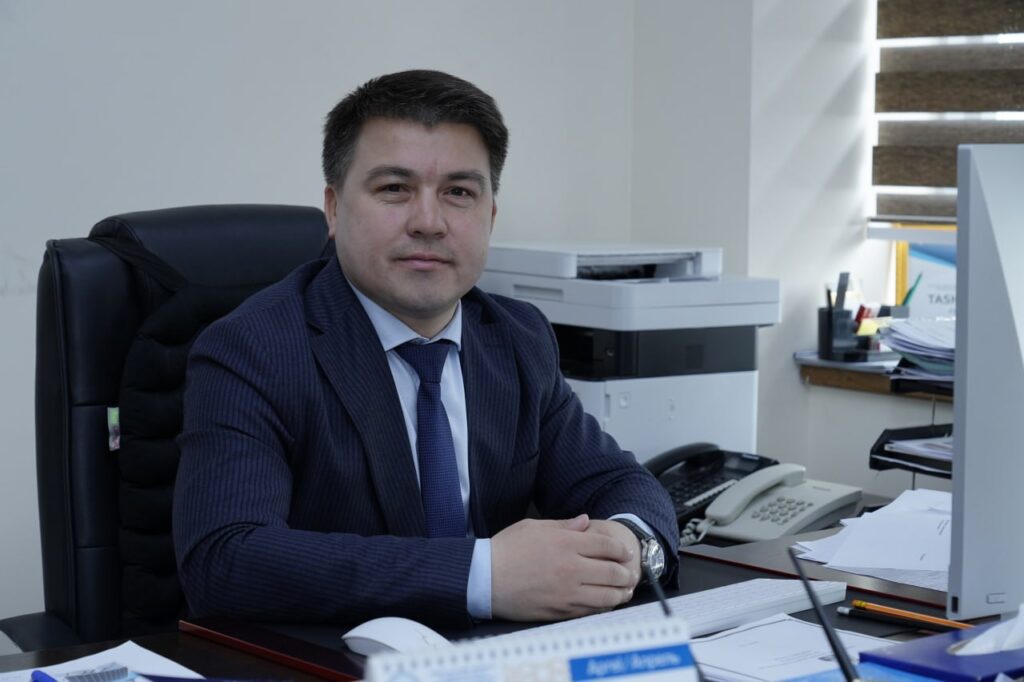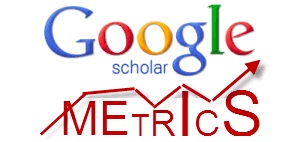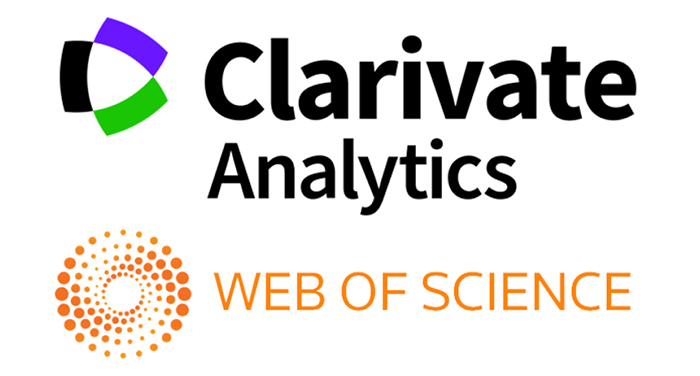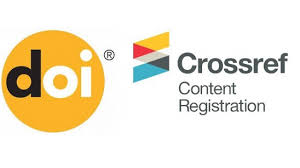APPEARANCE OF TOURISM TERMS IN ENGLISH AND UZBEK LANGUAGES
Abstract
This article analyzes the emergence of tourism terms in both English and Uzbek languages, exploring their differences and similarities. The article examines the key changes in tourism terminology, the structure of word combinations, and the semantic differences between terms. It also discusses the challenges faced when translating English tourism terms into Uzbek and suggests ways to overcome these difficulties. The authors highlight the influence of language changes, national features, and cultural contexts on the formation of tourism terminology
References
Amasova N.N. Etymological foundations of the vocabulary of the modern English language. - M.: Publishing house of foreign literature, 2016.-218 p.
Grinev S.V. Introduction to terminology.-M.:2013.-309 p.
Hutcheon, L. (2000). A Theory of Adaptation. Routledge.
Israilova Dildora Atxamovna, & Abdunazarova Nargiza Fatxullayevna. (2022). Improving methodology of teaching english to preschool children through fairy tales (on the example of preparatory groups). Current Research Journal of Pedagogics, 3(04), 28– 32. https://doi.org/10.37547/pedagogics-crjp-03-04-07
Kozlova, A. (2017). Terminological Systems in Tourism: A Comparative Study of English and Russian. Journal of Language and Linguistics, 16(2), 88-101.
Muratov, A., & Tursunov, D. (2020). Language and Terminology of Tourism in Uzbek and English: A Comparative Analysis. Tashkent State University Press.
Nadeau, R. (2009). Tourism and Translation: Language Use in the Travel Industry. University of Chicago Press.
Popova, A. (2018). Linguistic Aspects of Terminology in Tourism: A Cross-Cultural Approach. Linguistics Journal, 14(1), 45-63.
Rizaeva, S., & Kamilova, Z. (2019). The Development of Tourist Terminology in Uzbekistan: The Role of Linguistic Borrowings. Uzbekistan Linguistic Journal, 12(3), 35-50.
Searle, J. R. (1995). The Construction of Social Reality. Free Press.
Copyright (c) 2025 News of the NUUz

This work is licensed under a Creative Commons Attribution-NonCommercial-ShareAlike 4.0 International License.


.jpg)

1.png)







